what happens when you take those screws out?
someone might be able to 3d print the plastic part......out of something that can stand a bit more heat.
Yea this. Find someone who can print nylon or pc
what happens when you take those screws out?
someone might be able to 3d print the plastic part......out of something that can stand a bit more heat.
That’s been on my to-do list since it broke 4 months ago lolwhat happens when you take those screws out?
That’s been on my to-do list since it broke 4 months ago lol
View attachment 255018
Ordered new quill and pulley bearings for the drill press I bought. While that was going on, I cleaned all the business parts, and made a proper set of depth-stop nuts, since the orginals were long [presumably] lost. The press was obviously repainted--well, surprisingly--at some point, since it's 1) the wrong color, and 2) the ultrasonic cleaner literally flaked the paint off the return spring cover/depth stop holder. They got a coat of acid-etch and black enamel. Later on, the whole press might get re-done, but I don't really feel like hanging a 50 pound casting to spray paint it.
I also filled in the newbie marks on the work table, just to get the surface flat(ish) again.
Pictures of the drill press? Anything interesting? I went through similar with an Atlas press that I picked up a few years ago.
It's a Walker-Turner 900 15". The belt cover and original motor are gone, but it has the original JT33 spindle with the removal nut on it.
I found out afterwards that the bearings by SKF were strange metric/imperial hybrids, so there really aren't readily available replacements.
Pictures will follow later when it's reassembled.
Yeah, he's who I got the bearings from. I'm a little irked that a place that (ostensibly) sells parts for precision machines doesn't tell you who supplies their bearings, but I don't have a whole hell of a lot of choice. If they're unsatisfactory, I can always shim/sleeve...Oh yeah, definitely familiar with WT weird bearing sizes. I have one of their bandsaws and same deal.
If you haven't already checked it out, owwm.org is a old resource. There's also a Walker Turner place in CT that's supposed to have parts but I've never contacted them: WTSERVICE@walkerturnerllc.com

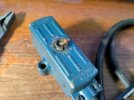

How do you legally dispose of fluorescent tubes (neon) in NJ? And I mean legally…
Home Depot will take them.How do you legally dispose of fluorescent tubes (neon) in NJ? And I mean legally…
I was reading about HD taking fluorescent light bulbs, I'll give it a try.
Thanks to all.
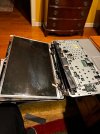
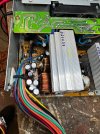

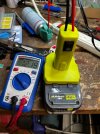


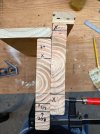
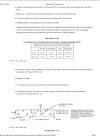
+- 6 feet@rlb how far is this off the ground?
careful, -6 is where they tend to keep the bodies man+- 6 feet
Guess I’ll keep it on the plus side, I don’t need any more problems!careful, -6 is where they tend to keep the bodies man
